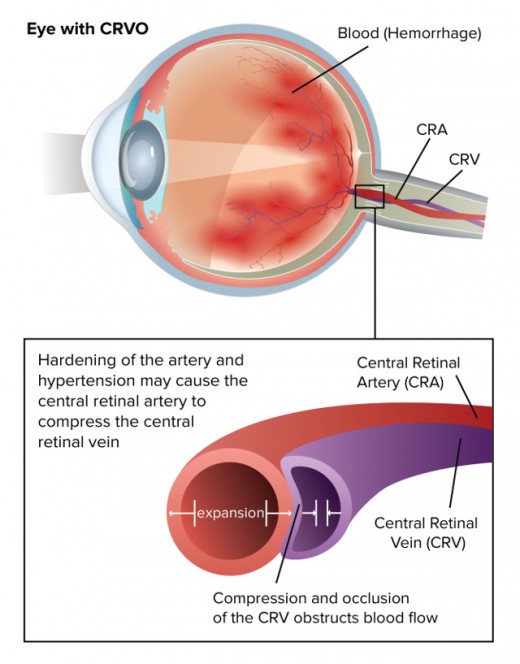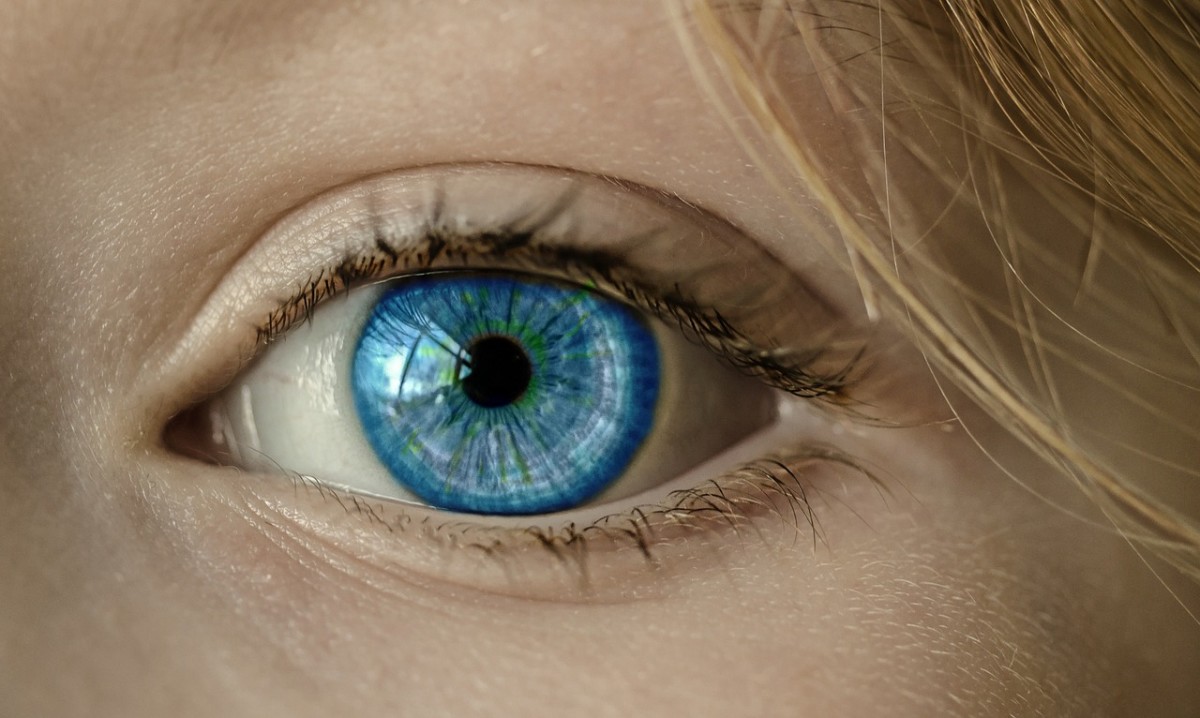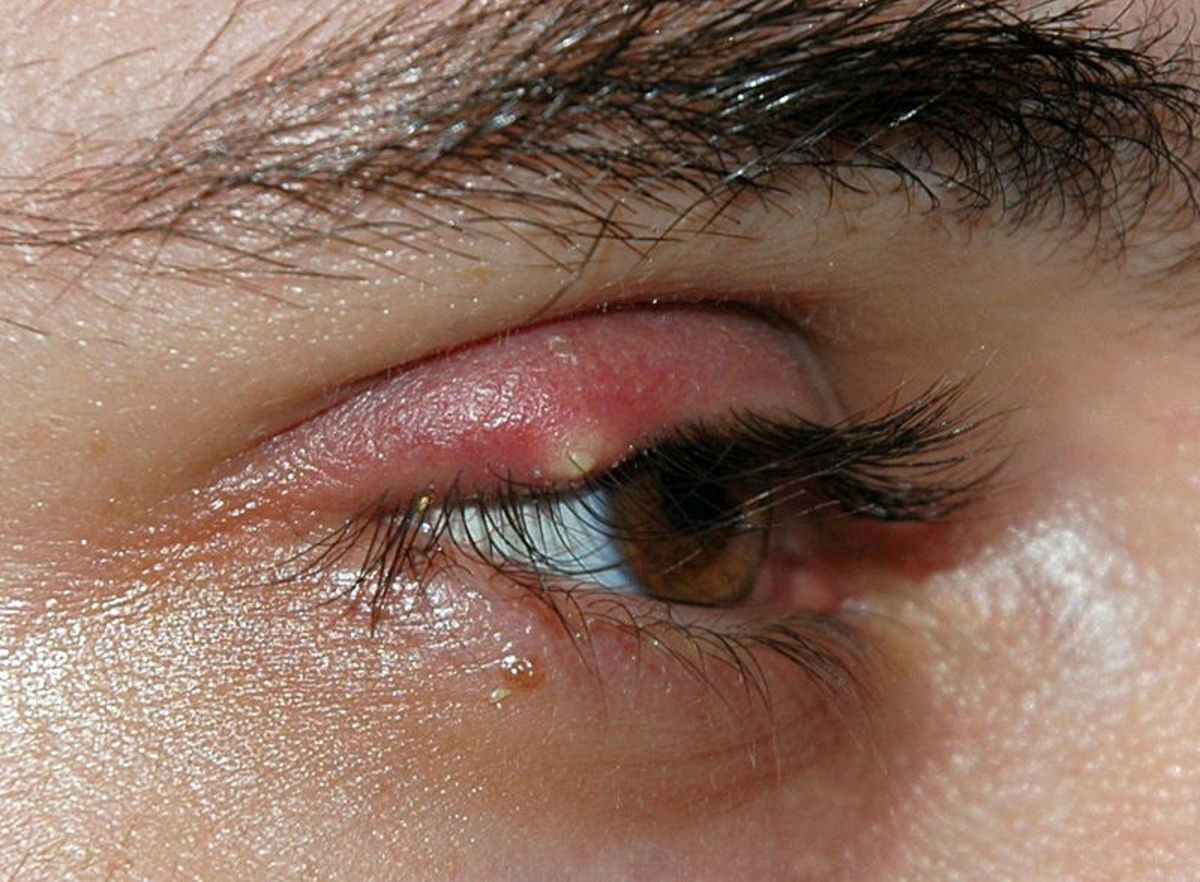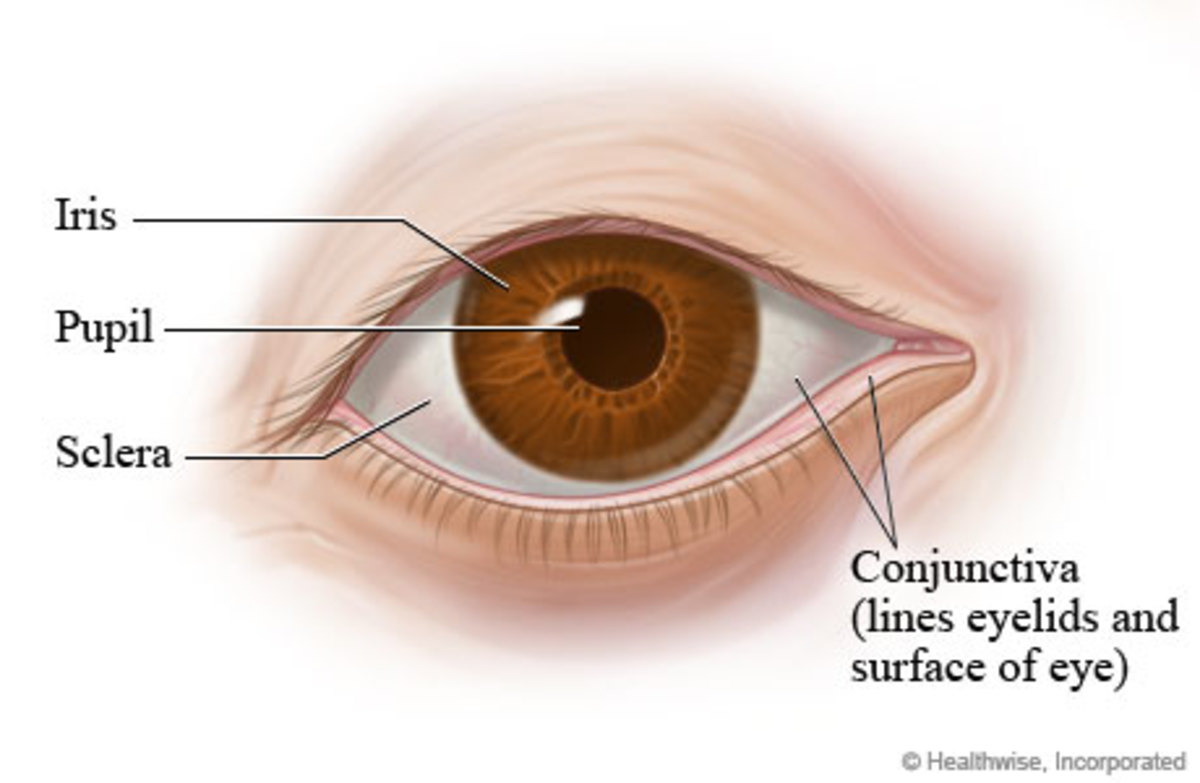Understanding the Common Reasons for Vision Loss
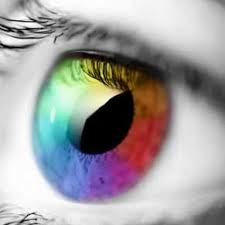
Prevalence of Vision Loss in the US
According to the report on the 2015 National Health Survey by the American Foundation for the Blind, about 23.7 million American adults aged 18 years and above experienced vision loss. Of these, 14.7 million women and 9.3 million men and reported significant vision loss. A healthy retina is necessary for good vision. The human eye consists of cells that are extremely light-sensitive. These cells are connected to nerve fibres that allow light to enter the eye and then be converted to nerve impulses that reach the brain.
The amount of light that is allowed to enter is controlled by the iris, from where it passes on to the retina, which is a membranous lining at the back of the eye. There are many medical conditions that can harm your retina and affect your vision.
Since it is a highly sensitive layer of tissue, you should immediately consult an eye specialist if there is a problem with your vision. Here are some common retinal problems that you should understand.
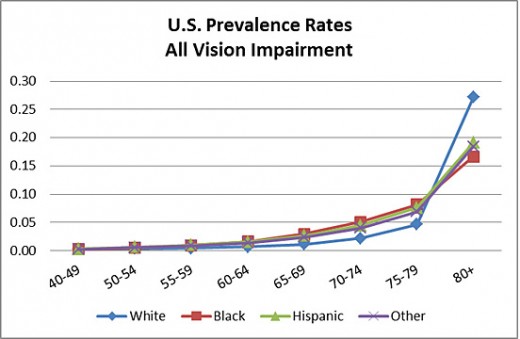
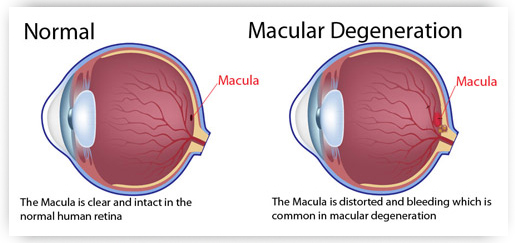
Macular Degeneration
According to statistics released by the World Health Organization (WHO) in August 2014, there are about 285 million visually impaired people worldwide and about 82% people who suffer from blindness are 50 years or older. Macular Degeneration is the leading cause of irreversible visual impairment and blindness among Americans aged 60 years or older.
Macular Degeneration is a type of retinal disorder that affects the macula or the central portion of the retina, which is responsible for fine and detailed vision. This condition is usually of two types, Dry Macular Degeneration and Neovascular or Wet Macular Degeneration. About 90% of the cases are of the dry type, but collectively this problem affects more people than cataracts and glaucoma combined.
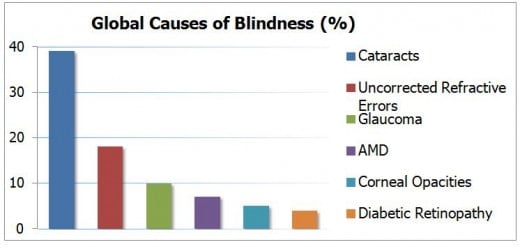
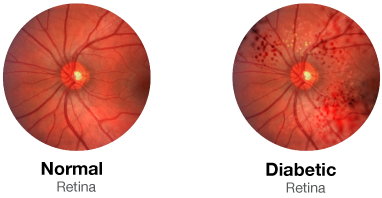
Diabetic Retinopathy
A complication of diabetes, this disease has the potential to damage the eye’s retina, affecting half of the Americans diagnosed with diabetes. According to Dr. Aizman, Clinical Assistant Professor in the Department of Ophthalmology at NYU Medical Center, you may not notice any changes in your vision initially because the early symptoms are very subtle. However, things get worse over time.
The good news, however, is that with the right treatment, there is a 90 percent chance of saving the individual’s vision. There are two forms of Diabetic Retinopathy:
- Non-Proliferative Diabetic Retinopathy: Here, the tiny retinal blood vessels are damaged by diabetes and begin to leak fluid or blood. The person starts to lose vision because these leaked fluids lead to the swelling of the macula, which is responsible for vision.
- Proliferative Diabetic Retinopathy: Here, new blood vessels grow in the retina. These vessels are fragile in nature and without timely treatment, can lead to bleeding, scars and can even destroy the retina. This type of diabetic retinopathy can affect both the central and peripheral part of the eye and could lead to severe vision loss.
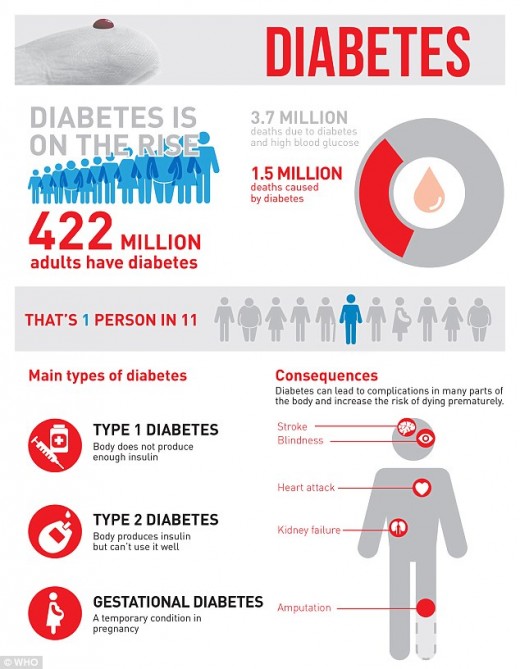
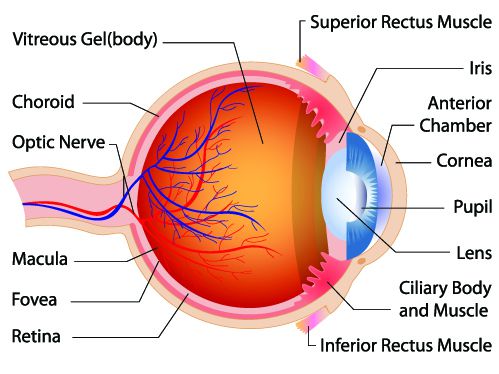
Retinal Vein Occlusion
This is a blockage or obstruction of the veins in the retina, which leads to the loss of vision. Retinal Vein Occlusion is of two types:
- Central Retinal Vein Occlusion: In this type, the main retinal vein is blocked leading to reduced blood flow in retina.
- Branch Retinal Vein Occlusion: In this type, a branch of the main retinal vein is blocked, which leads to reduced blood flow in one part of the retina. Vision loss is more severe in case of Central Retinal Occlusion.
According to the Retinal Diseases Fact Sheet by Genetech, Retinal Vein Occlusion affects more than one million people in the United States and is the second most common cause of vision loss. An estimated 887,000 people are affected by branch-RVO, while Central-RVO affects about 265,000 people. The only way to cure these problems is by identifying them quickly and seeking the help of an eye specialist.
